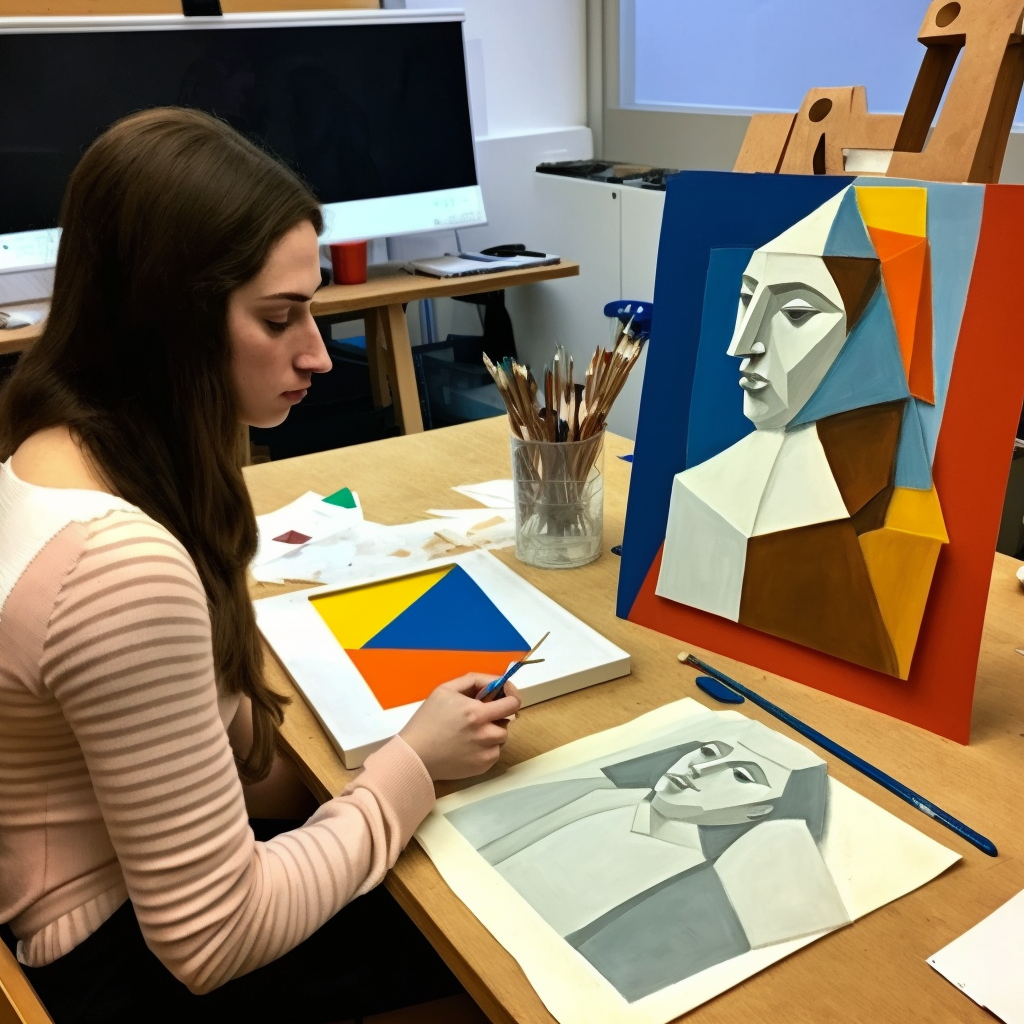Studying Picasso’s art can be a fascinating and rewarding experience. His work is known for its innovation, creativity, and beauty, and immersing yourself in his paintings, drawings, and sculptures can be a great source of inspiration. By analyzing his use of color, shapes, and composition, you can gain a deeper understanding of what makes his art so unique and groundbreaking. But studying Picasso’s art isn’t just about learning new techniques or improving your technical skills. It’s also about having fun and exploring your own creative potential.
To fully appreciate Picasso’s art, it’s important to learn about his life and the artistic movements that influenced him. By understanding the context in which he created his art, you can gain a deeper appreciation for his work and learn how he revolutionized the art world. Whether you’re a beginner or an experienced artist, studying Picasso’s art can be a great way to expand your knowledge and creativity. So grab your brushes, paints, and sketchpads, and let’s dive into the world of Picasso!
- Study Picasso’s art: Start by immersing yourself in Picasso’s art. Look at his paintings, drawings, and sculptures. Analyze his use of color, shapes, and composition. Try to understand what made his art so unique and groundbreaking.
- Read about Picasso’s life: Read about Picasso’s life and the artistic movements that influenced him. Learn about his upbringing, his travels, and his artistic influences. Understanding the context in which he created his art can help you gain a deeper appreciation for his work.
- Experiment with different styles: Picasso was known for constantly pushing the boundaries of art and experimenting with different styles. Try experimenting with different styles of painting and drawing to find your own unique voice.
- Embrace abstraction: One of the hallmarks of Picasso’s art was his use of abstraction. Don’t be afraid to experiment with abstract forms and shapes in your own work.
- Play with color: Picasso was a master of color. Experiment with different color palettes and see how they affect the mood and tone of your paintings.
- Try new materials: Picasso was known for his use of unconventional materials in his art. Try experimenting with different materials, such as collage, found objects, or even household items, to add depth and texture to your paintings.
- Practice, practice, practice: Like Picasso, becoming a great artist takes time and practice. Keep painting and experimenting with different techniques and styles until you find your own unique voice. Remember, Picasso didn’t become a master overnight – it took years of hard work and dedication to his craft.



